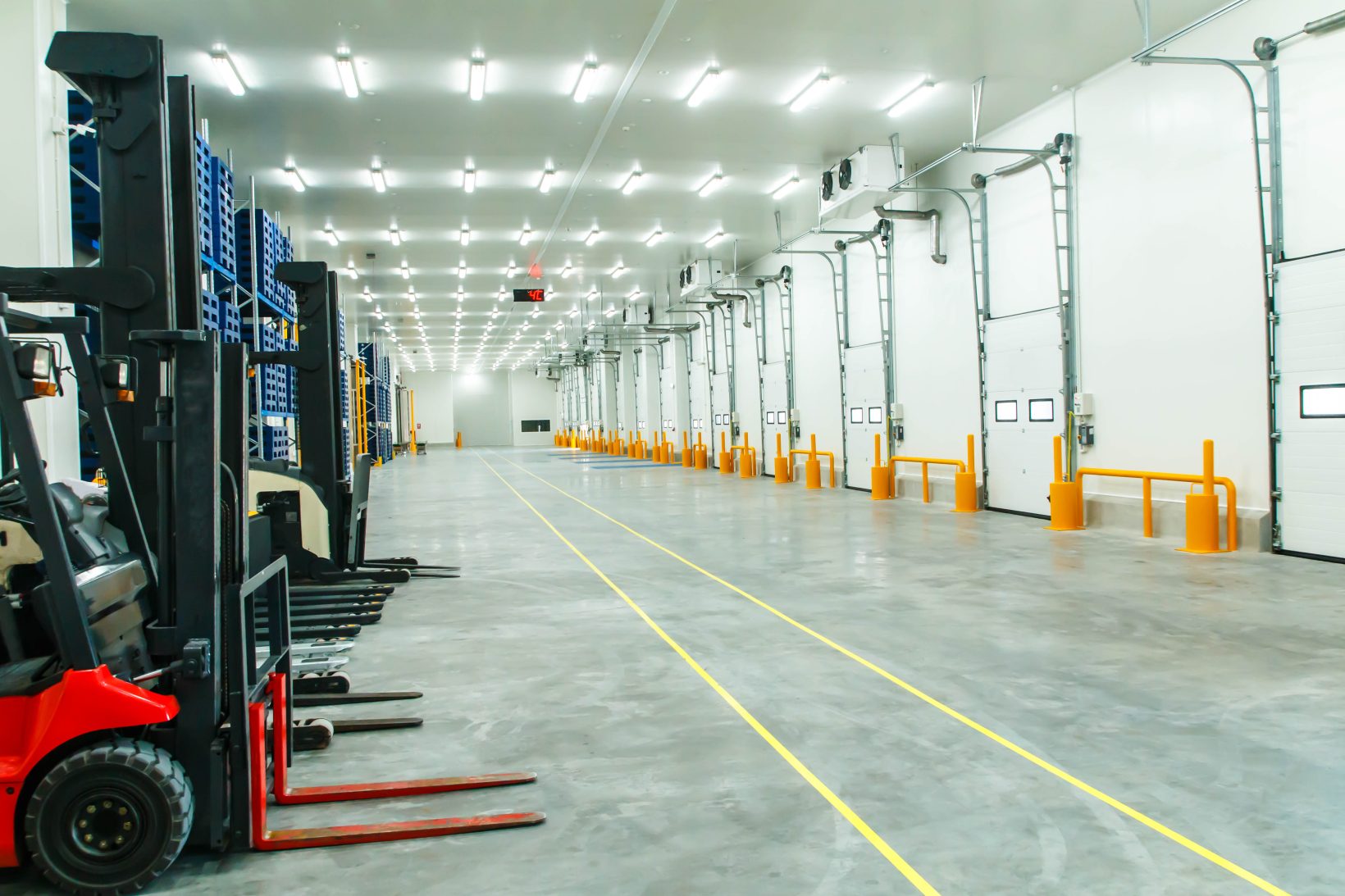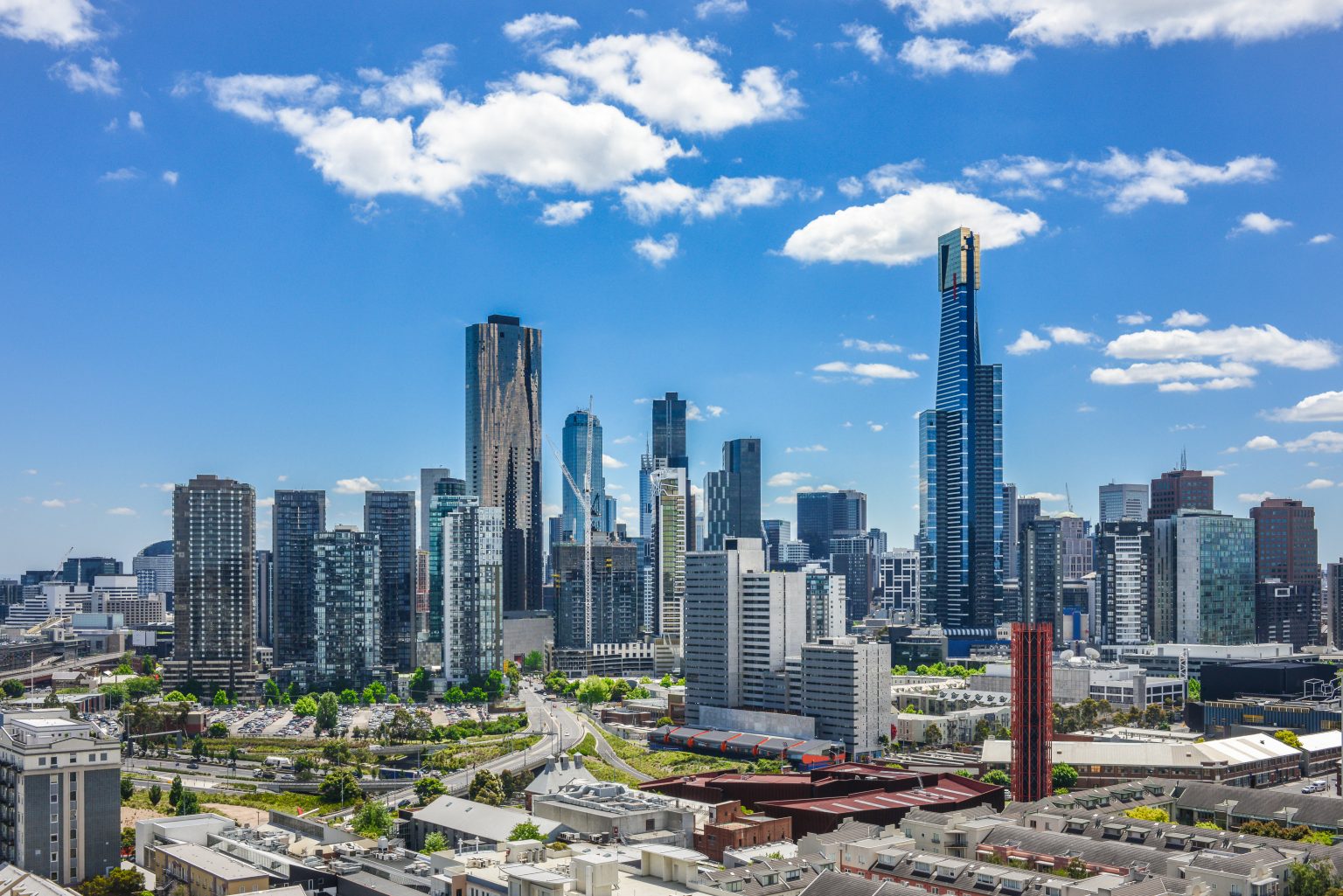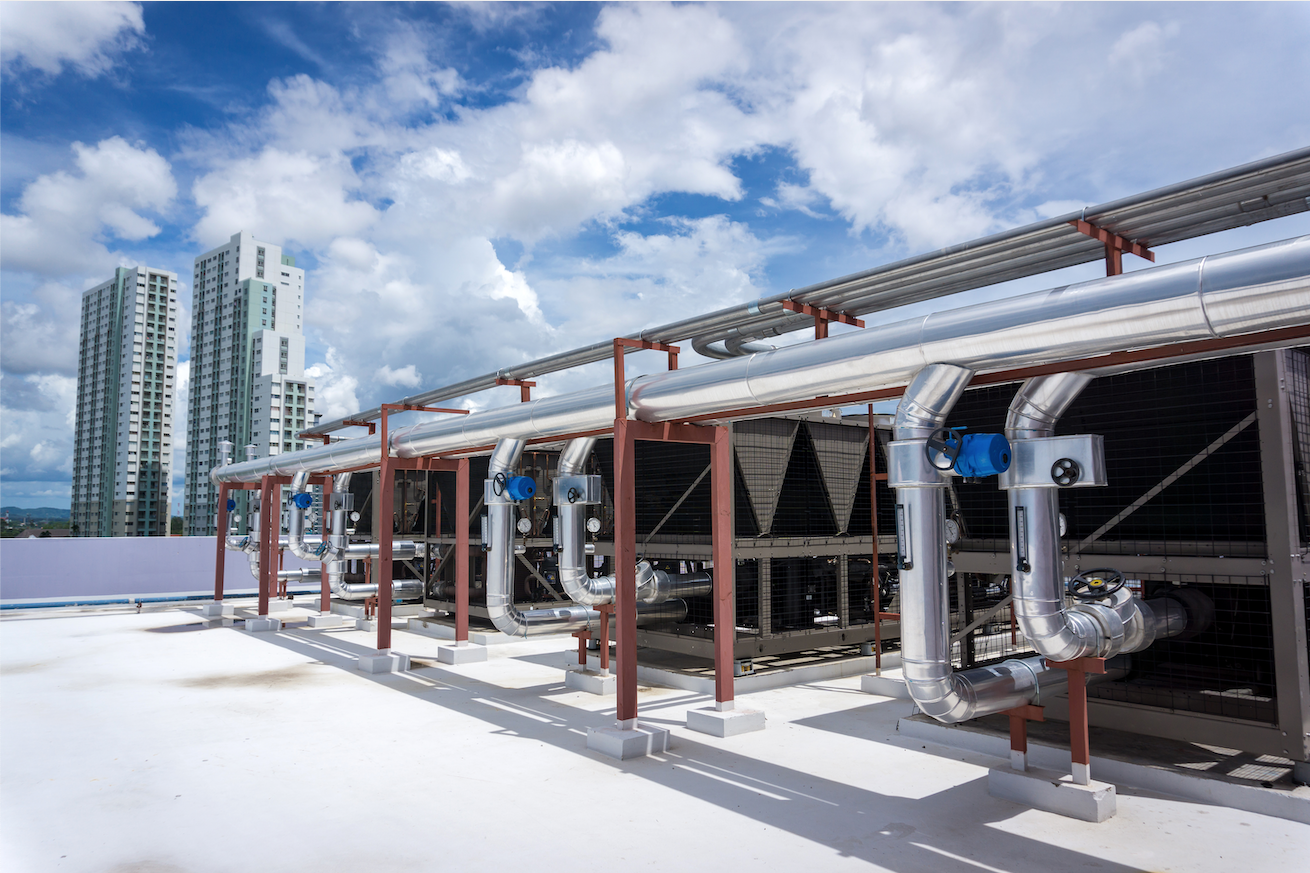Have you had your cooling tower cleaned all these years by a water treatment company as it was the “cheaper” option and you thought that cleaning had to be done by a water treatment company? Do you believe that this is all you need to do to reduce your risk?
Well, we can tell you that this attitude and approach could very well end up landing you in trouble.
In this article, we explain why it’s important to get your cooling tower cleaned independently by cooling tower professionals, what this means to the outcome and results, and how this will avoid unnecessary problems.
We understand that cooling towers are a very niche topic, an important and needed piece of infrastructure that is fundamental to employees’ and customers’ safety, and wellbeing, keeping them as well as food products or equipment cool.
Many people simply don’t understand that cleaning cooling towers are very different to treating the water in them with chemicals alone. Not cleaning a cooling tower using a cooling tower professional is presenting a whole range of problems to the owner and operators that often leads to serious health risks, the underperformance of the unit, and a BIG cost to the owners and operators both financially and in some cases legally as well.
To better understand this very detailed, technical space we sat down with
Darren Driscoll and Jason Christensen are the owners of Chill Action, a 100% Australian owned and operated company specialising in the cleaning of cooling towers and cool rooms of commercial and industrial premises throughout Australia.
So, what are the key differences between professional cooling tower cleaning and cooling tower water treatment?
The Chill Action guys spoke about Water treatment companies’ primary role and their most profitable activities are to sell chemicals, testing, dosing equipment, and filtration systems. Treating your water is basically where they are at, that’s it. For a water treatment company, Cleaning is low profit and has a high amount of labour, so it is not a good activity for them. They generally only do it to keep competitors out.
However, just treating your water instead of cleaning the actual cooling tower correctly, and all components will over time lead to a range of problems such as corrosion, fouling, scaling, deposits, and microbiological impurities. Yes, the cooling tower and system deteriorate without professional cleaning being carried out which is very surprising. Further to this, dirty units, scaled, and fouled, run hotter, corrode faster, break down, and cause chillers, compressors, or process equipment to fail.
All these cause high maintenance costs high electricity costs, and high water costs and might cause an emergency shut down of a cooling towers systems when parts, motors, and components fail.
Cooling Tower cleaning however is a very different service. Professional cooling tower people ensure that most parts of the cooling tower are disassembled, access is gained, and then all interior surfaces are cleaned extensively.
Indeed, cleaning cooling towers rather than simply treating the water is the only way to avoid all of the problems mentioned above.
What should Cooling Tower Cleaning include?


Before After
Darren explains that It’s very important that any company that offers cooling tower cleaning have the knowledge and technical experience to help people get the best results they possibly can. They should also offer advice and more on the following services:
•Recommend when and how often to clean your cooling tower
•Know the builds, makes, models, and manufacturers of all cooling towers to understand what individual towers need.
- Understand how to carry out the manufacturer’s requirements of the Operation and Maintenance Instructions
•Be experienced in adjusting and balancing all chemicals correctly for disinfection.
•Understand how to inspect and check all components of the cooling towers
•Offer and create a full report of your cooling tower cleaning service afterwards for compliance and or warranty purposes.
- Take photos of components that are faulty and include them in your cleaning report
•Work safely, wearing the correct protectant PPE gear that protects everybody, and the environment.
•Be compliant, and work within government cooling tower cleaning regulations, like cleaning all interior surfaces.
- Work smartly, efficiently, and in ways that cause minimal disruption to your business, building employees, or the public.
•Have to experience understanding how to disassemble various parts of cooling towers, for best cleaning outcomes.
- Know how drift eliminators, fill packs, air intake splash louvres and water nozzles work so that they can report faults during a clean.
- Have the training to run a confined space entry if required or a rescue plan
What can go wrong if cooling towers are not cleaned correctly?
DID YOU KNOW?
Legionnaire’s disease is a MASSIVE issue when it comes to cooling towers with
around 400 cases in Australia a year alone. It’s also a fact that 15 out of 100 people die from the disease! Why is this happening when water treatment has been enforced for over 20 years.
Is it poor cleaning and maintenance of the cooling towers? Chill Action believes that professional cleaning saves lives and reduces illness caused by Legionella from cooling towers
https://www.cdc.gov/about/pdf/facts/cdcdiscovery/discoveries-series—legionnaires.pdf
Darren shared an experience telling us “There was a case where a water treatment company were maintaining the Melbourne Aquariums cooling tower, and through some complications, it was found out the tower had not been properly treated cleaned and maintained for a month or so. This caused 16 people to lose their lives”
and did you know who is responsible for this? Not just the cooling tower water treatment company, but the OWNER and the builder.
It’s just so important to be aware as people’s lives are quite literary at stake if cleaning cooling towers is not done correctly.
Other less severe problems include
- Damage to cooling tower motors, parts, and components
- High energy costs that result from inefficiency due to parts that are not cleaned and under strain
- A lack of performance to keep people, machinery, and food items cool enough results in loss of production, stress, and loss of inventory.
- Corrosion of supports, steel sheet roof, vehicles, pipework
About Chill Action
Chill Action has more than 33 years of experience in the cooling tower cleaning industry meaning that they know everything that there is to know about cooling tower cleaning.
Chill Action is allowed to clean any cooling tower in Australia as they are fully insured and qualified to do so.
There are no regulations or rules in any Australian State that enforces that a cooling tower should be cleaned by a water treatment company.
The cooling towers manufacturers want professionals to clean the cooling tower correctly so that they are not having conflict with cooling tower owners as the cleaning was not correct and the operational and maintenance instructions were not carried out correctly.
Nothing worse for a cooling tower manufacturer when their brand-new cooling tower fails due to corrosion, water leaks or fan drive faults, due to poor cleaning and maintenance practices carried out by a water treatment company.
They provide a complete, end to end solution when it comes to cleaning cooling towers, a reality from start to finish, and a post-completion service that also comes with guarantees of their work.
Chill Action pride themselves on the experience and customised service that they provide, unlike (unfortunately) some water treatment companies that simply take advantage of people wanting to pay less, or where they don’t understand all the serious risks, by providing a service that in many times is not up to health safety regulations, that could cause a lot of damage to everybody.
Step 1: Cooling Tower Safety.
The first step when cleaning a cooling tower is to inspect the tower. Safe access to remove all access panels, safe isolation process, doing an SWMS, understanding permits, confined space entry requirements, wastewater disposal, equipment operation, understanding the building or site rules
Step 2: Cooling Tower Treat for Bacteria. First disinfection
The cleaning professional need to remove cooling tower access panels, remove components and pressure clean all interior surfaces, so the cooling tower must be made safe for them.
The bacteria/fungus that grow in cooling towers may cause harm or illness in humans, and so it is necessary to disinfect with proper chemicals as per State Government Regulations.
This is done by a disinfection procedure where 10 ppm of free chlorine is held for a minimum of one hour while controlling the pH range between 7 to 7.6
This makes the cleaning and inspection process safer and easier while eliminating excessive growth.
Step 3: Cooling Tower Professional cleaning of all interior surfaces
Cleaning and inspecting all the interior surfaces of a cooling tower system is where you get the best long-term results for the safe and best cooling performance of the cooling tower and your system.
All the interior components require cleaning to get them to work correctly, so the fill pack, drift eliminators, water nozzles, splash louvers, fan drives, casing and basin surfaces are all cleaned and inspected. To prove that this was done, Chill Action take photos and attaches them to the service report.
Cleaning is done using a water pressure cleaner as that will remove slime, bacteria, scale and dirt from the interior surfaces. If the water treatment company are telling you that a hose will clean these surfaces, they have no idea or no interest in doing a clean properly, as a hose will not work.
Professional cleaners like Chill Action will not damage the components either as they know what they are doing.
Step 4: Cooling Tower Reassemble
Ensure all components of the cooling tower that were disassembled go correctly back into place, as if not done properly this can cause faults like water splashing, drift, bacteria growth, electric motor failure, melting of plastic components, and damage to say a chiller, heat exchanger or process.
Step 5: Second Cooling Tower Disinfection to Remove disturbed Bacteria
Now that the cleaning and inspection are completed, bacteria has been disturbed so it must be disinfected to eliminate regrowth. This is done by a second disinfection procedure where 10 ppm of free chlorine is held for a minimum of one hour while controlling the pH range between 7 to 7.6
Don’t mess this up as the Legionella Bacteria could have been living deep in the fill pack, under slime on the casing surfaces, in the drift eliminators, in pockets of dirt in the basin, so the second disinfection kills it off.
Step 6: Cooling Tower After cleaning service reporting
The after-cleaning safety report is created with the data that has been taken from examining and cleaning the cooling tower. This also includes all the levels of chlorine and PH balances, of the cooling towers and when it was needing to be cleaned again based on these results. Photos are added of the interior components and surfaces such as drift eliminators, basin casing and fill pack.
You have a fantastic record of the condition of your cooling tower, and if there are faults you can plan to have them repaired instead of waiting for the cooling tower to breakdown or to have a Legionella outbreak that kills or makes people sick, on the property and up to 2 km’s away.
Cleaning and chemical use safety.
Darren spoke about the importance of Health and safety when cleaning cooling towers. The Chill Action guys wear highly protective PPE gear when working with chemicals and for the possible bacteria in the cooling towers to protect themselves and others from anything harmful.
It is important to know about the types of chemicals Chill Action use:
Chill Action dose free Chlorine at 10 PPM (a very high level of chlorine concentration)
Acid and caustic to control the pH level between 7 to 7.6 which is the range where the chlorine works best to kill the bacteria.
We also add water treatment company chemicals as required, such as corrosion inhibitors and biocides. Just need the dosage rates
As you can see, cleaning your cooling tower is extremely important.
The Chill Action team believes that there is only one correct way to do that, professionally
Get your cooling tower inspected today, give Darren and Jason a call and get it done properly so that you don’t encounter any problems like the ones listed in this article.
They also love helping people.





